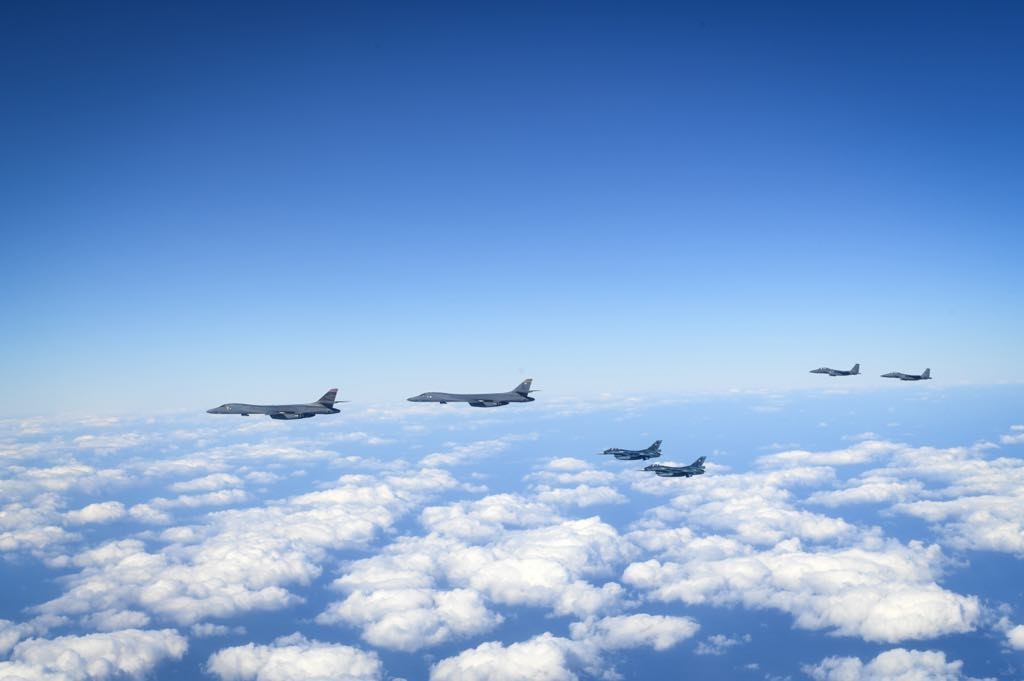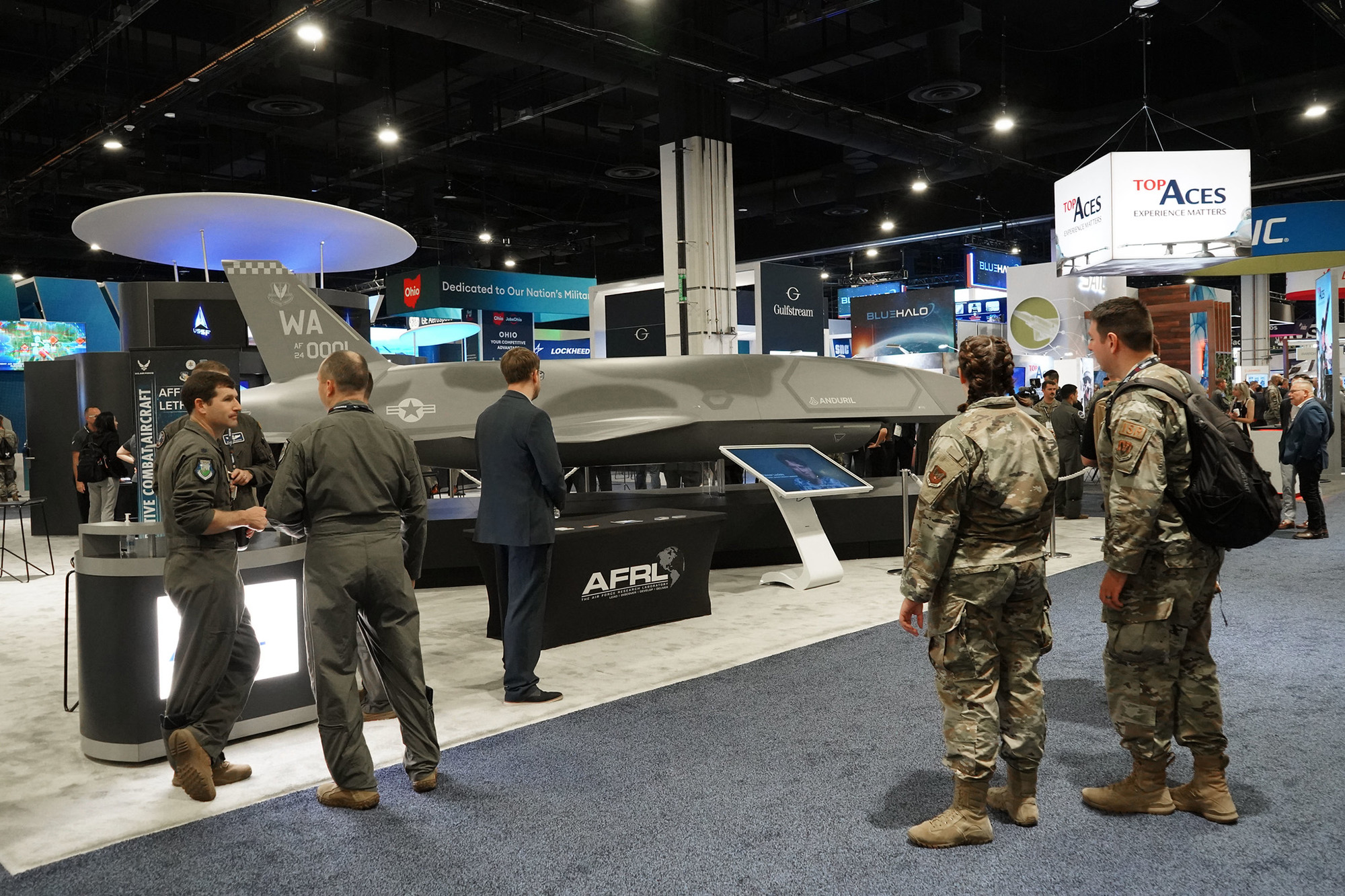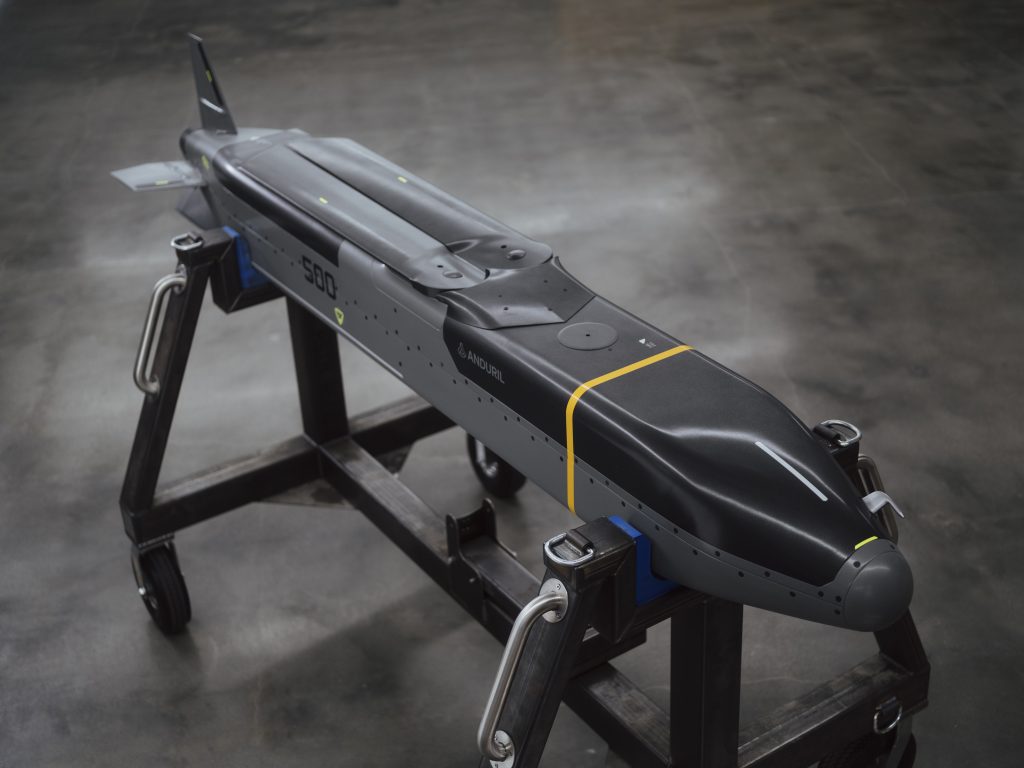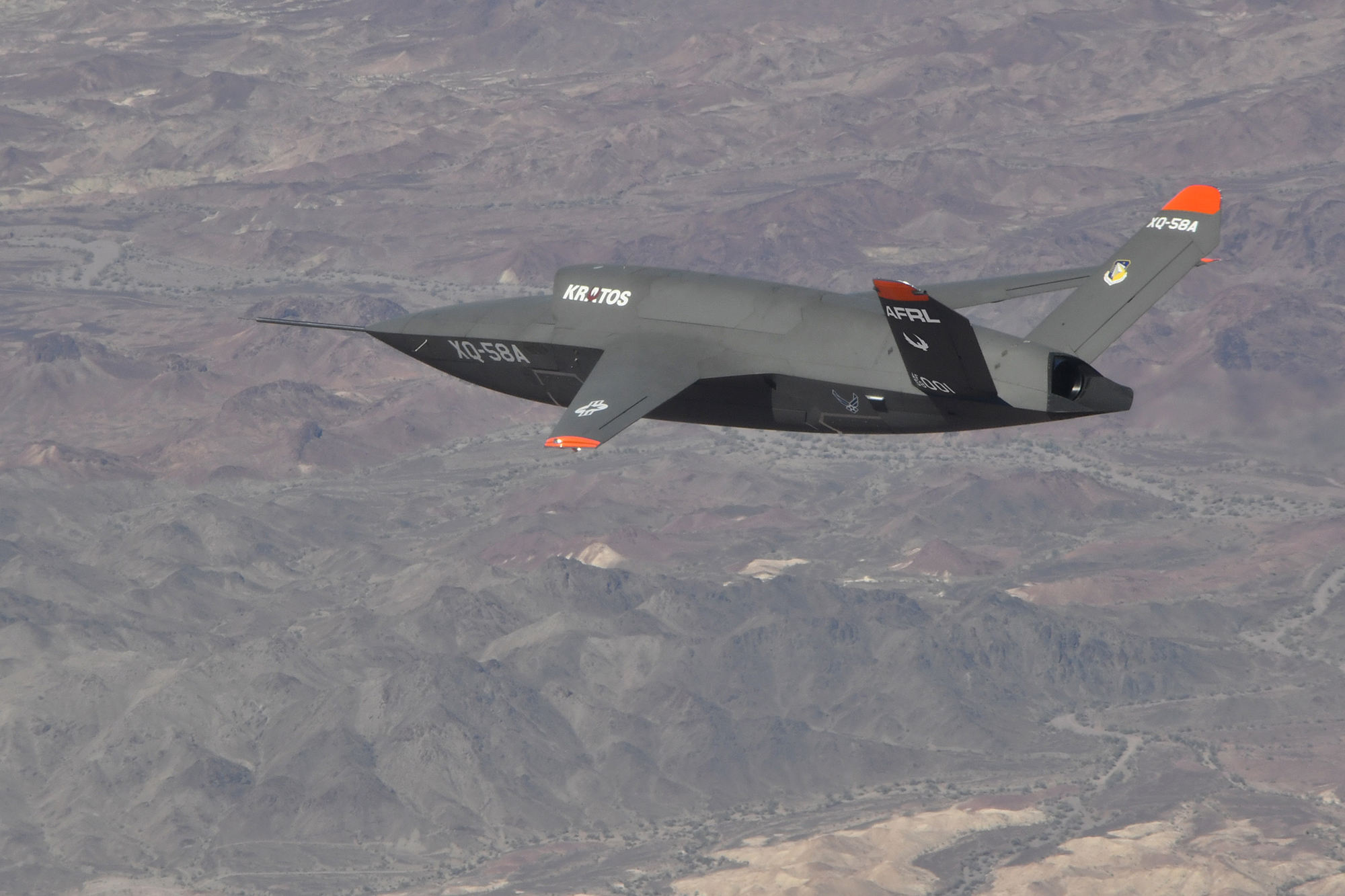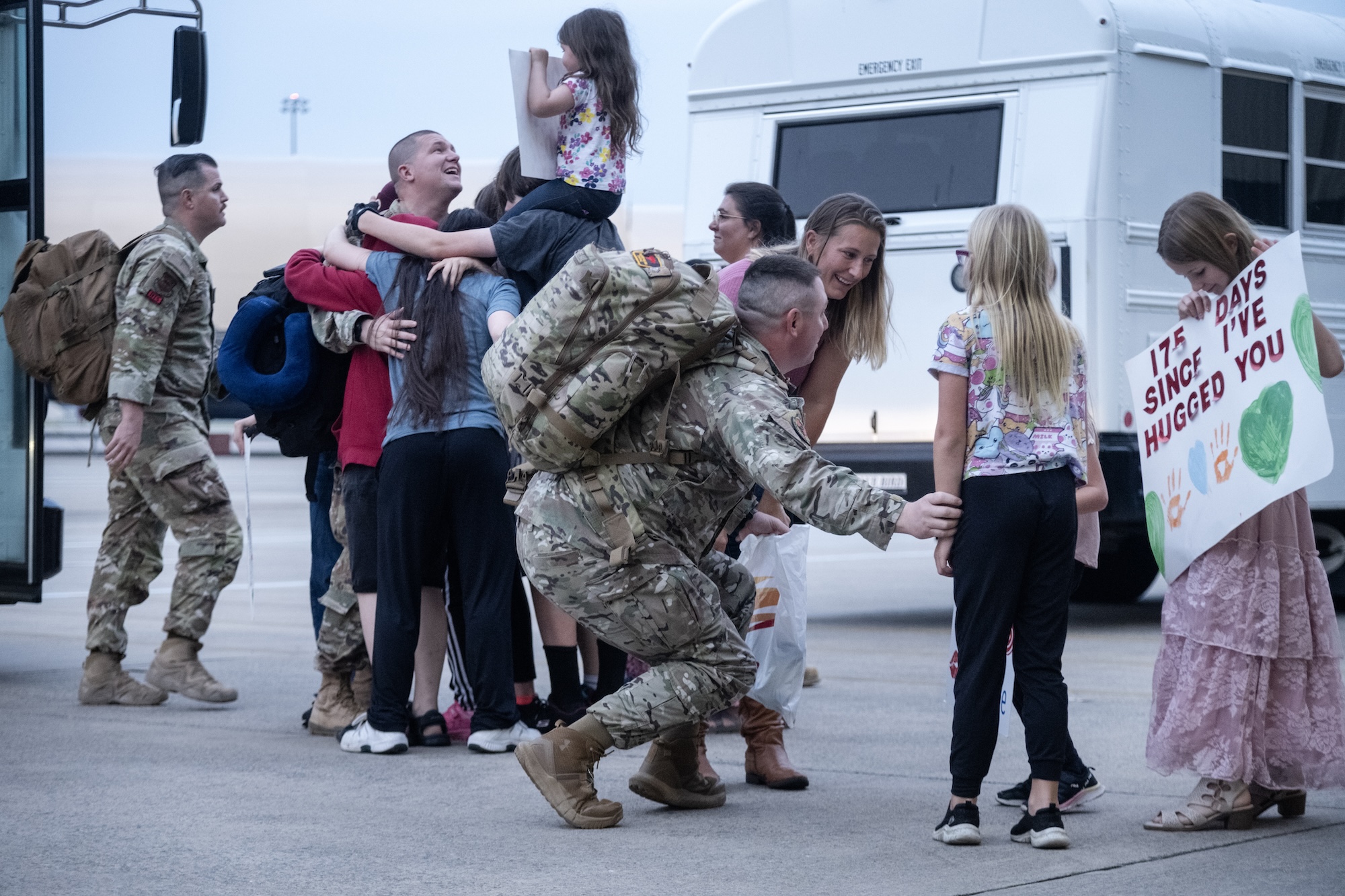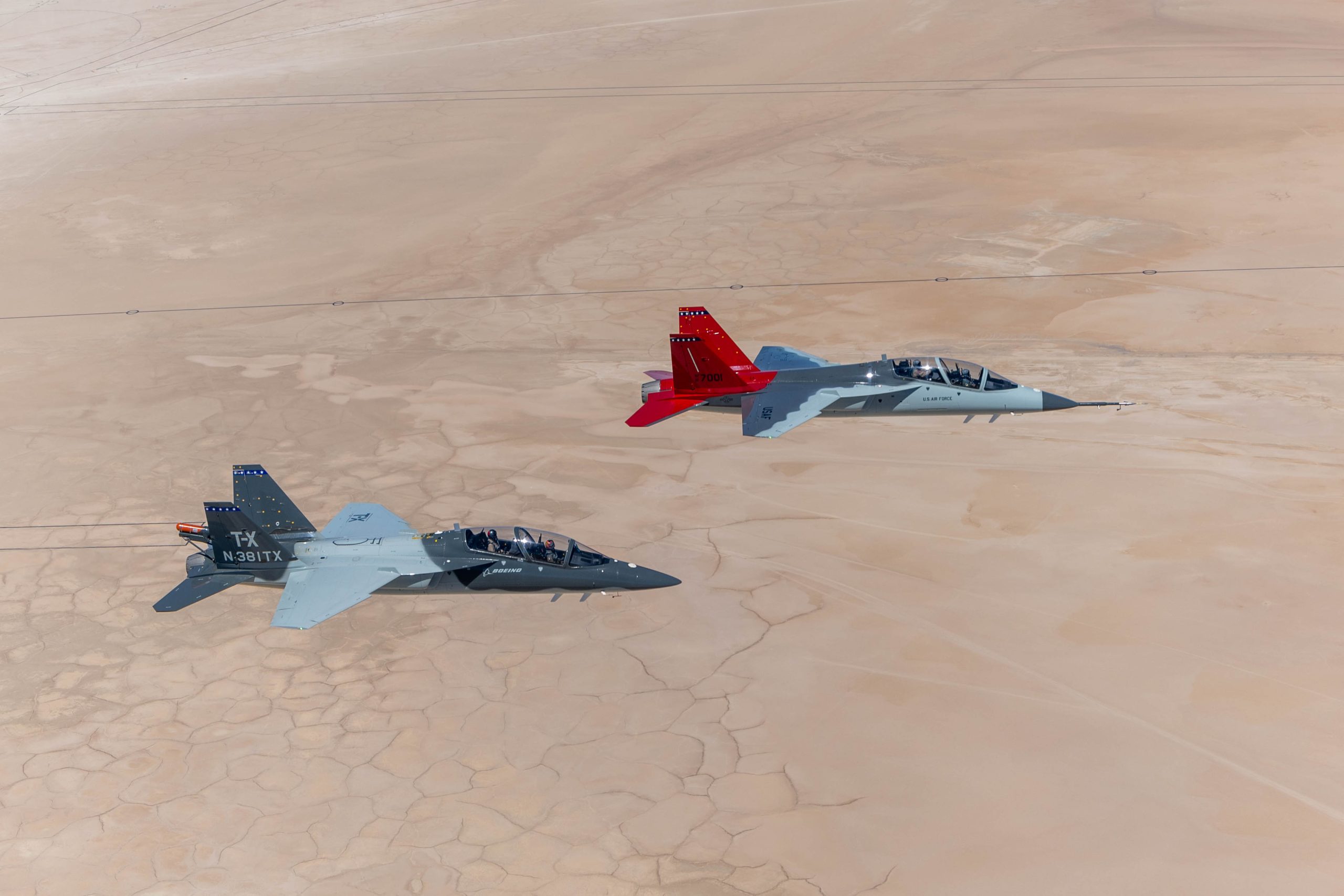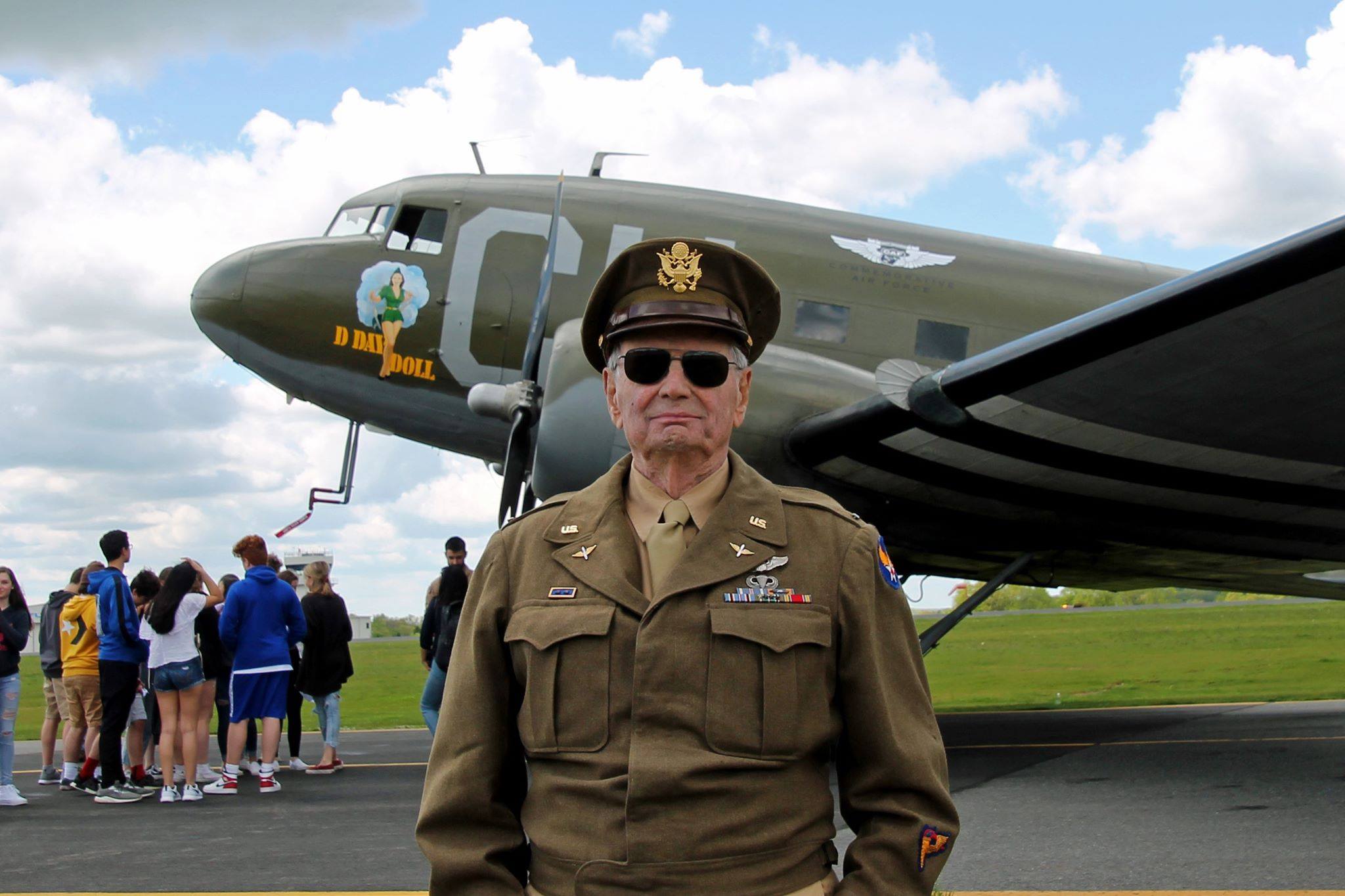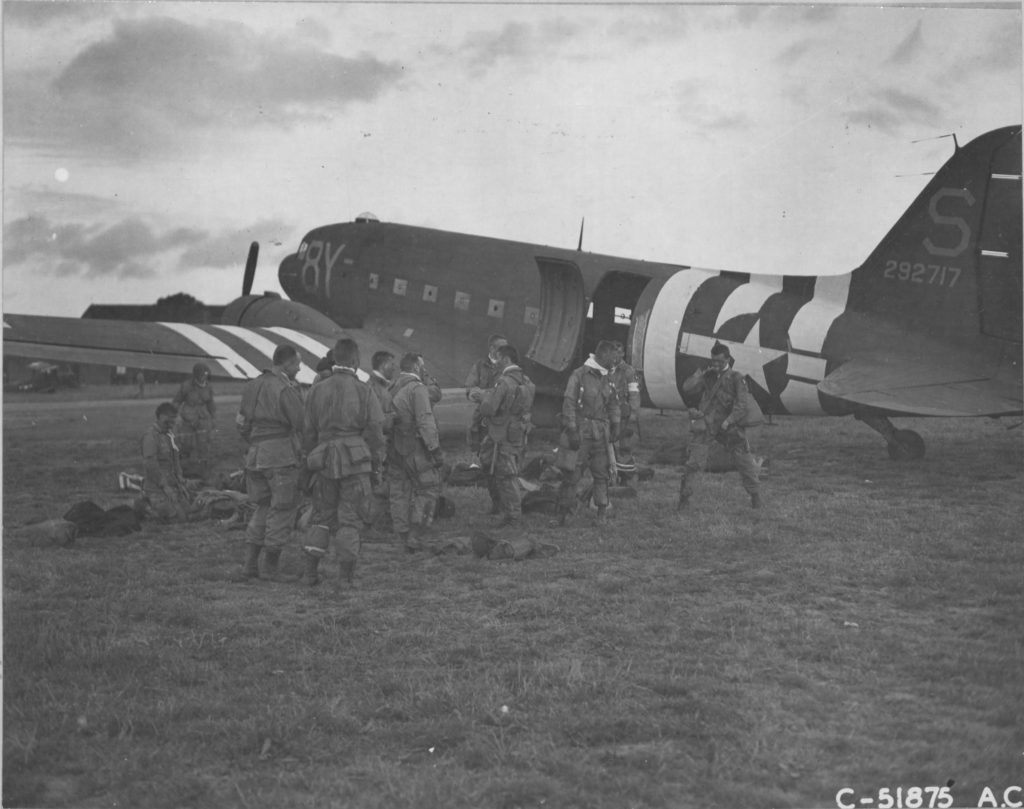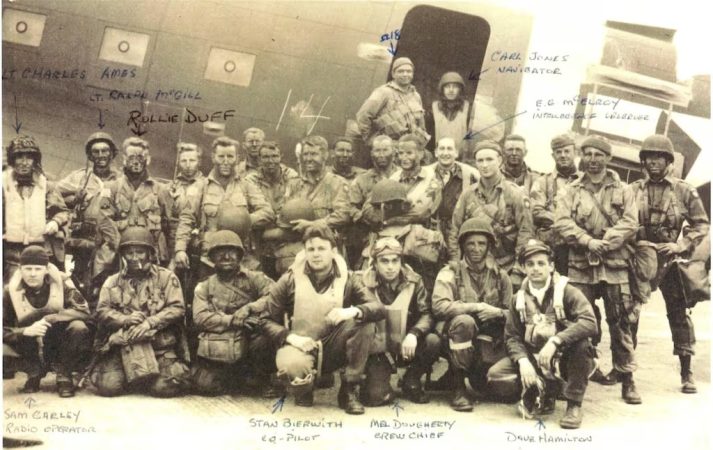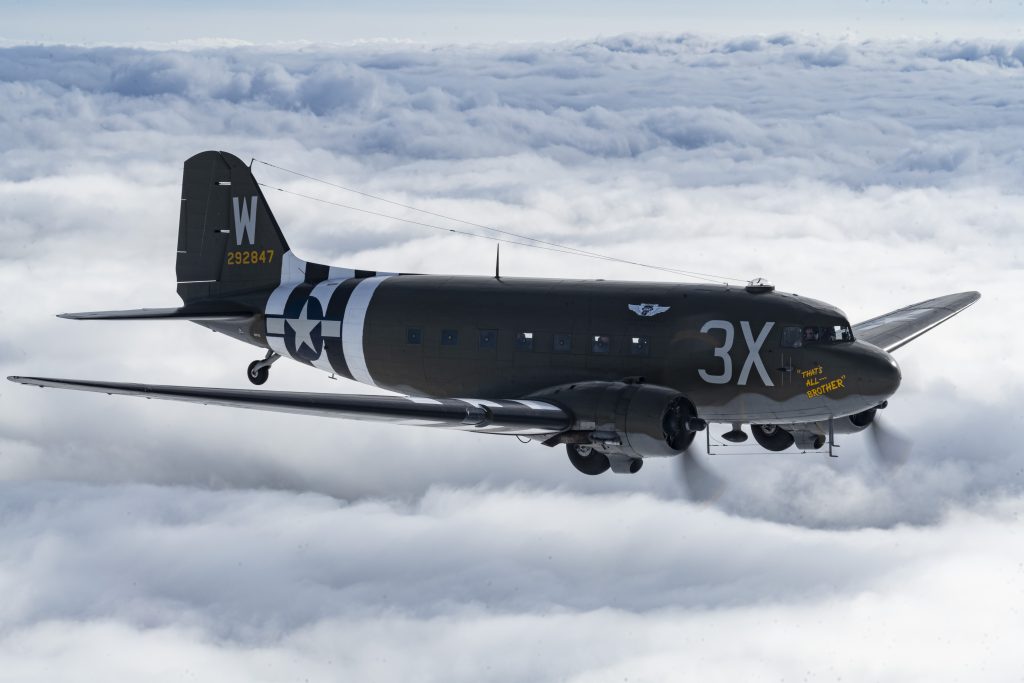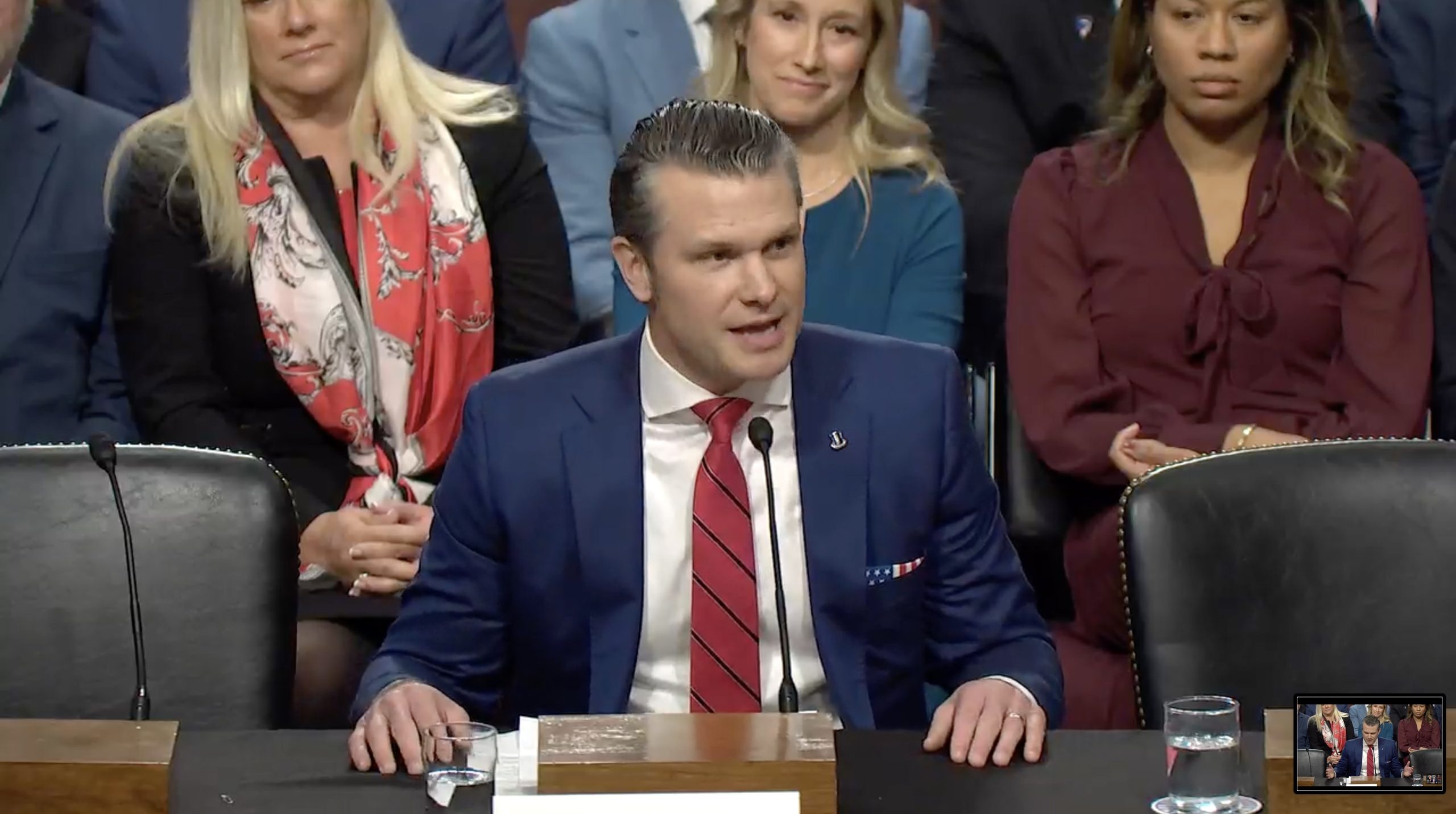American B-1 bombers flew alongside Japanese and South Korean fighters on Jan. 15 as Japan hosted a visiting Chinese military delegation.
The moves come just days before U.S. President Donald Trump is inaugurated, highlighting a delicate moment in the strategic environment of the Indo-Pacific.
Pacific Air Forces announced the trilateral flight, which included two Japanese Air Self-Defense Force F-2s and two Republic of Korea Air Force F-15Ks each. PACAF did not specify what base the B-1s came from or if they landed in either country.
“This first trilateral flight of 2025 builds upon a history of strong trilateral cooperation, enabling an immediate coordinated response to regional security challenges,” PACAF said in a release. “This increasingly steady and sophisticated trilateral interoperability of our aerial and maritime forces strengthens our collective deterrence and defense posture.”
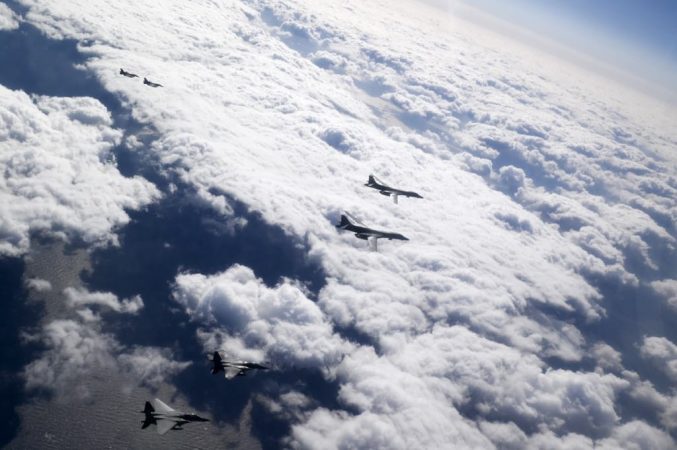
The U.S., Japan, and South Korea held their first ever trilateral air exercise in October 2023 and have since flown together three more times, each time with American bombers escorted by Japanese, American, and South Korean fighters.
Bilateral bomber-fighter flights between the U.S. and either Japan or South Korea have been commonplace over the years, but tensions with China and North Korea have led to closer ties between Japan and South Korea, overcoming a historically strained relationship.
The growing ties between the three countries were highlighted by a trilateral summit between the nations’ political leaders in August 2023, when they agreed to conduct more annual exercises.
Since then, however, all three countries have experienced political turmoil and change. Japanese Prime Minister Fumio Kishida left office in October amid poor approval ratings, U.S. President Joe Biden is set to leave office, and South Korean President Yoon Suk Yeol has been impeached over a declaration of martial law.
Amidst all this change, analysts have noted that China has sought to ease tensions with outreach to U.S. allies like the European Union and Japan. In particular, the Japanese government announced Jan. 14 that it was hosting a delegation from the People’s Liberation Army for the first time in years. The visit began Jan. 13 and will last until Jan. 17, with the Chinese delegation meeting their Japanese counterparts and visiting military units, according to a statement from China’s Defense Ministry.
Officials did not say what military units the Chinese delegation would visit.
The U.S. has dozens of facilities in Japan, including Yokota Air Base, Misawa Air Base, and Kadena Air Base, which also host Japanese units. Kadena in particular is located on the island of Okinawa and is the closest USAF base to Taiwan. F-35 fighters recently arrived at Kadena as part of a rotation of fighters to the base, and the 18th Wing there just concluded an Agile Combat Employment exercise with F-16 fighters.
